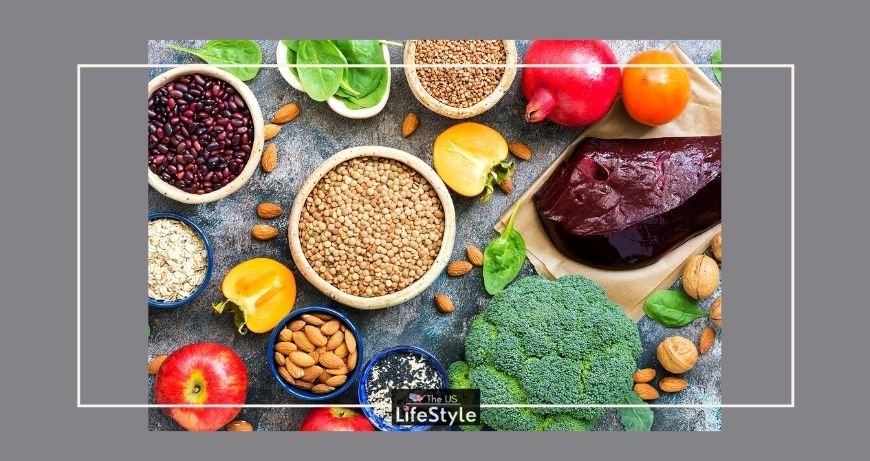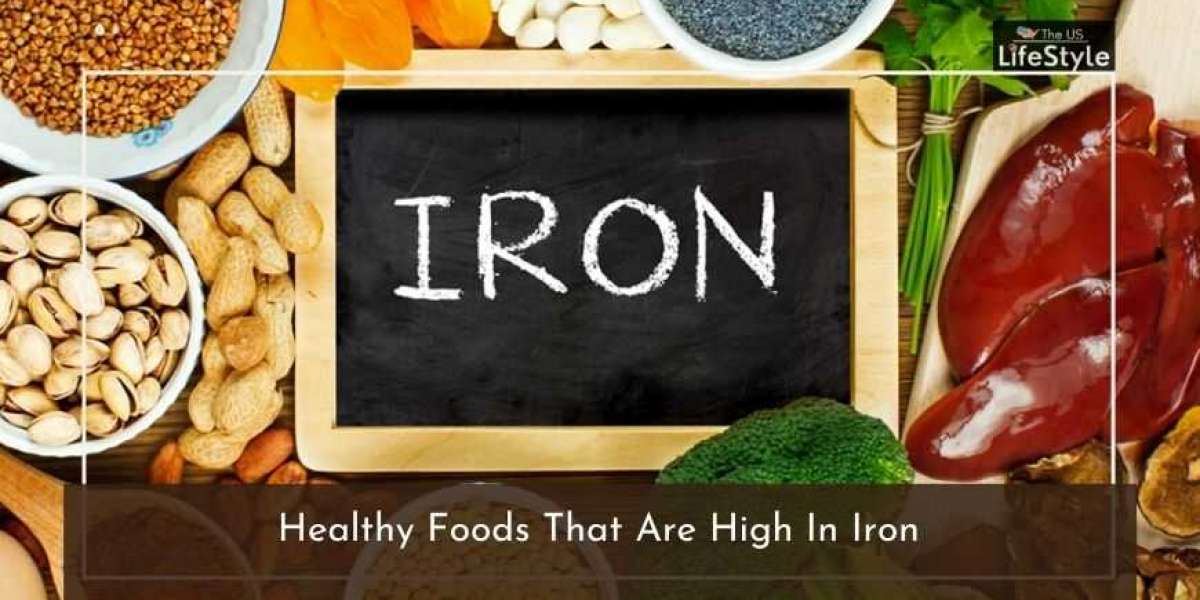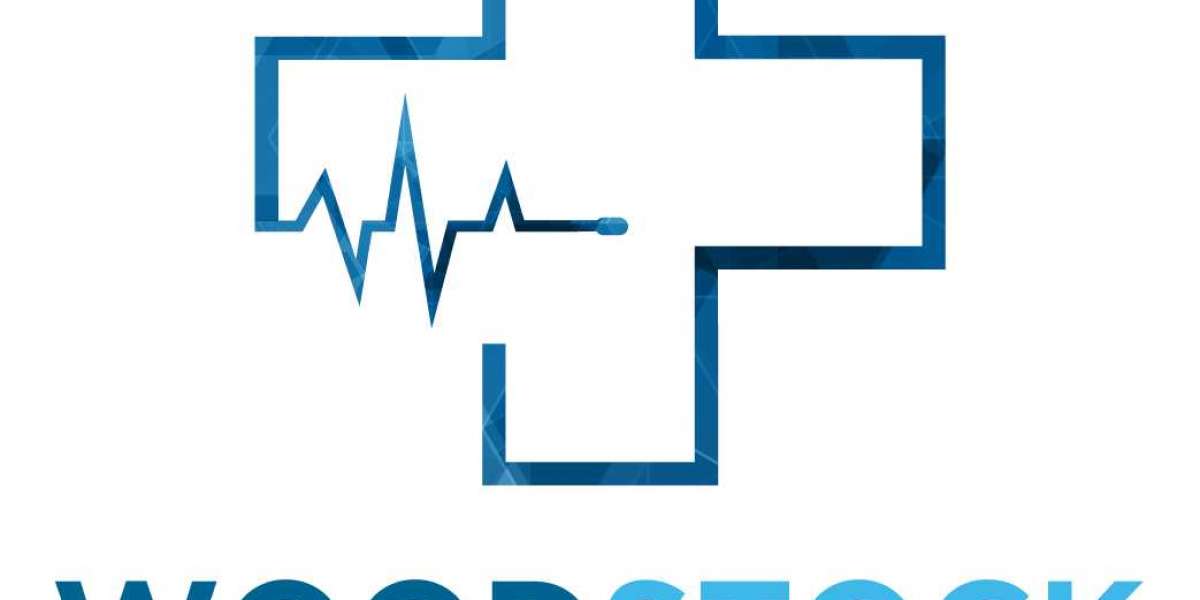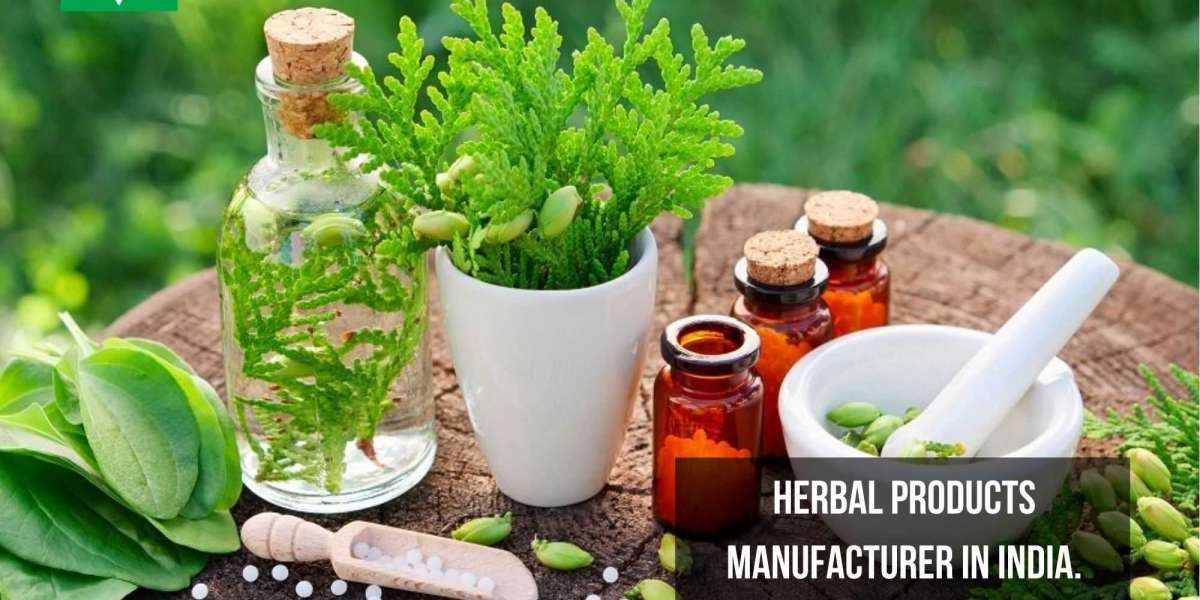As per the latest survey, the most common nutrient deficiency amongst people, especially women, is iron insufficiency. You can see its symptoms in your daily life. It includes-
- Feeling exhausted
- Being pale
- Getting tired easily
- Feeling weak inside, even though you look completely fit physically, and a lot more.
Iron is an essential nutrient for your body for innumerable reasons, later discussed in the article. Thus, it is significant for you to know about the iron-packed meals and the food items which can enrich you with the desired requirements.
Why is Iron Important For Your Body?
Iron is the most essential mineral for your body for several reasons. Some of the primary grounds are cited below:-
- Iron facilitates the transportation of oxygen throughout the body.
- Iron is a critical segment of haemoglobin found in red blood cells, responsible for carrying oxygen. The lack of haemoglobin in your body can lead to an iron deficiency disease called anaemia.
- It develops healthy growth cells and grows healthy skin and nails.
- Iron is also an essential substance in the building of certain hormones.
- It promotes the overall development and growth of the body.

- The 9 Best Foods And Drinks To Have Before Bed
- 15 Herbal Beauty Tips For Glowing Skin
- 10 Everyday Tonics That Help Your Body Adjust To Stress Anxiety
Standard Requirements Of Iron?
The level and amount of iron your body needs vary based on your age, sex, and overall growth and health. Doctors say that the iron requirements in infants are much higher than in adults. In childhood, both girls and boys have the same need of iron, which is-
- 10 mg for 4 to 8 years old-daily
- 8 mg for 9 -13 years old-daily.
Later in years, the requirements in a woman’s body increase more rapidly than in men. It is because of the menstrual cycle in women’s adolescents. As a result, a man falling in the age group of 19 to 50 requires 8 mg iron each day, whereas a woman of the same age would require 18 mg of iron each day. However, after menopause, the requirements of men and women again strike equal.
Healthy Foods That Can Help You Get Enough Iron
1. Eggs and Red meat
Eggs and red meat are amongst the top sources of iron from animal-based sources. Eggs contain 1.89 mg iron, which is essential for boosting the immunity system. Eggs are like a one-stop solution for several health-related issues, including, brain development, health cells growth, lower blood pressure, Vitamin A and D, etc.
On the other hand, Red Meat is also equally healthy and iron-rich. It consists of 2.7 mg iron, having the potential to recover an anaemic diagnosed patient. In addition, it falls under the category of most accessible heme iron, enhancing its need and wants.
2. Chickpeas
Chickpeas are one of the best iron-rich choices for vegetarians. Although animal-based sources are more known and widely eaten sources of iron-packed meals, one can’t neglect the benefits plant-based sources offer. Chickpeas are one such source of iron. It has 3.7 mg of iron, which is an excellent amount.
In addition, they can be used in a variety of meals offering different tasty recipes. From pasta to salads, it can adapt to various mixes of spices and veggies. Furthermore, chickpeas are also served by adding lemon and vitamin C to them, giving an appealing taste. It, in turn, forms the best combo as Vitamin C can absorb iron, enhancing the indigestion process.
3. Cereals
Starting your day with a bowl of breakfast cereal is the best type of breakfast meal for people seeking iron-rich meals. It has 9.39 mg of iron per cup, making it a desirable source of iron. However, there are a vast variety of cereals available in the market.
Therefore, you have to make the right choice. You should look for fortified breakfast cereals. Fortified cereals are a type of cereals that have added vitamins and minerals in them, not initially present. They are customised in a way that provides people with more nutrients.
4. Pumpkin seeds
Pumpkin seeds are often not given due attention considering the size of the seeds. However, these small seeds contain a lot of iron. One ounce of raw pumpkin seeds ( without shells) has 2.7 mg of iron. In addition, they are also a good source of other nutrients like magnesium and zinc.
To enhance the taste and consumption of pumpkin seeds, you can use them as crunchy toppings for yoghurt and salad. Also, adding the seeds to homemade trail mix or muffin recipes can provide you with a quick and healthy snack.
5. Shellfish
Shellfish is amongst the tastiest and most nutritious seafood. Generally, all shellfish offer iron-packed meals but usually clams, oysters, and mussels are considered the best sources. 100-grams clams contain up to 3 mg of iron. However, talking about clams, 3mg is the highest proportion.
The iron level varies in different types of clams. Since it is a source of heme iron, an animal-based source, it is considered more healthy than non-heme as it can be easily absorbed by our body.
Furthermore, if you want to boost the consumption of iron and enhance its benefits, you can combine the intake of iron-rich seafood with veggies. Veggies like Spinach offer high minerals, including iron.
Our body takes more time to absorb plant-based minerals. So, if you combine them with mollusks, clams, and oily fish, their iron content gets more bioavailable and soluble.
6. Spinach
Spinach is the most preferable iron-rich item for vegetarians. It is rich in health benefits with the least amount of calories. As per the iron content, Raw Spinach has 2.7 mg of iron in 100grams. However, it is a non-animal-based source of iron and is not easily absorbed and ingested.
But the fact that it is also rich in Vitamin-C works wonders. Vitamin C is suggested to vegetarians and vegans to boost iron absorption.
In addition to iron, Spinach also provides other antioxidants, reducing cancer risk, inflammation dangers and providing additional eyes protection. To improve and rich the benefits that Spinach provides, you can consume it along with other leafy veggies with varying iron levels, cooked in healthy oil.
7. Organ Meats
Organ meats like liver meat, kidney meat, brain, and heart are highly nutritious. As indicated by the iron contents, 100grams of organ meat(beef) contains 6.5 mg. Additionally, it is also rich in proteins, vitamin A and B, Copper, and selenium.
The protein component in organ meats is essential in muscle building and retaining muscle mass. Also, when it’s about Organ meats, how can we forget about choline. Organ meats are the best source of choline, which happens to be an important nutrient for brain and liver health.
Furthermore, the health benefits that Organ meats offer are innumerable. Subsequently, what makes it even more advantageous is its cheap price.
Since it is not a popular cut of meat, they are available at a lower price and reduce animal waste as these parts, if not eaten, are otherwise thrown away. Last but not least, organ meats offer a full appetite.
Eating organ meats enhances your feeling of fullness and reduces your hunger, enabling you to maintain a balanced diet and increase metabolism.
8. Quinoa
Quinoa is a type of grain also known as a pseudocereal. It is an iron-rich grain offering 2.8mg of iron in 185grams of cooked Quinoa. In addition to iron, Quinoa is also rich in folate, magnesium, manganese, protein, and copper.
The consuming proportion crowd is also higher because of gluten tolerance. Quinoa is completely gluten-free, making it more acceptable. Furthermore, it offers many more antioxidants, protecting cells from damaging and enhancing the metabolism rate.
However, it lacks easy absorption characteristics. Thus, it is suggested to adopt cooking techniques to improve iron absorption. You shall soak Quinoa in warm water one night before using it. This process will reduce iron inhibitors in Quinoa.
9. Turkey
Turkey is worldwide known for its mesmerising taste and healthy substance. Turkey is a richer source of iron than chicken, especially dark turkey meat. 100grams of dark Turkey meat offers 1.4mg of iron.
On the other hand, 100grams of white turkey provides only 0.7 mg of iron. What makes it more impressive is the contents of other nutritious substances. Drak turkey meat offers several vitamins and minerals(including zinc and selenium) along with 28 grams of protein (per serving).
High protein intake also helps in weight loss by protecting muscle loss and slowing down the ageing process.
10. Broccoli
Broccoli is a highly nutritious vegetable offering 1 mg of iron in 156 grams of cooked Broccoli. In addition, it is also packed with Vitamin C, which further eases the process of iron absorption. The similar serving size also has folate and 5gm fibre along with vitamin K.
Since it is a heme iron source, it lacks the ease of absorption process. Your body has a limited capacity of absorbing only a maximum of 20% iron from heme sources.
Even this percentage is able to meet because of the presence of Vitamin C. Broccoli offers 100 milligrams of Vitamin per 1-cup cooked serving, making it a desirable option for vegetarians and vegans.
What happens if the iron level in the body exceeds the usual limit?
Indeed iron is amongst the primary requirements of the body, yet like any other nutrient, the excess dosage of iron can cause several body disorders. Neither the body can excrete excess iron nor store it.
Therefore, excess iron can lead to the damaging of specific organs. Especially where iron is stored, including the pancreas, heart, and liver. Excess of iron, if not given proper treatment, can cause severe disorders and diseases, including diabetes and change in skin colour.
What is Overload Disorder?
As a normal body behaviour, in a healthy body, when the iron level is used to the mark, the body stops consuming and absorbing iron-rich minerals from meals and drinks to avoid the rising level of undesirable levels.
Thus, we can conclude that if the body starts absorbing iron even after reaching the saturation level, we call it overload disorder. Since the body is not designed to handle excess iron excretions, it continues to accumulate.
Eventually, the notable organ tissues, liver, heart, and pancreas, get affected.
The iron overload disorder has many following consequences. However, the primary and most genetic disorder is Hereditary Hemochromatosis. At times, people also suffer from Secondary Hereditary Hemochromatosis, which develops as an advanced variant of a similar condition.
Detailed Consequences of Excess Iron In The Body
Hemochromatosis
As mentioned earlier in the article, Hemochromatosis is a genetically inherited condition, causing the body to store excess and unrequired iron absorbed from food and drinks. Excess iron affects organs like the heart and liver.
Apart from the inheritance, people often develop this disease by excess consumption of iron and its supplements. The symptoms to detect Hemochromatosis involve discolouring of the skin, weight loss, diabetes, Abdominal pain, Fatigue, Weakness, Joint pain, Impotence, etc.
Cancer
The increase in the level of iron toxicity can enhance the risk of liver cancer in the body. Majorly if someone has been diagnosed with hereditary Hemochromatosis, the risk is higher and more prevalent.
However, the doctors are still researching the direct link between hereditary hemochromatosis and liver cancer apart from iron accumulation. In addition, excess iron can uncover colonic cells, damaging the reactive oxygen species, which further gives rise to colon cancer.
Neurodegenerative Disease
Being told the essence of iron in your body, it is also vital for brain functioning and nerve functioning. The doctors have defined extra assemblage of iron results in improved oxidative stress. The brain cells lose their functioning over time in Neurodegenerative Disease, and ultimately the person dies.
Conclusion
Hopefully, the article was insightful for you and was able to resolve your quests. You must keep a check on the iron level in your body. If you face any of the mentioned symptoms, you should not be negligent and consult a doctor at the earliest to avoid any negative consequences.
Also, one should be aware that our body does not produce iron naturally. So, it is significant that we consume the desired amount of iron via meals and iron supplements. In addition, for vegetarians, who can’t consume seafood, eggs, and red meat, you can boost the absorption by adding Vitamin C to your diet.



![Cenforce 50 Mg ED Treatment [Reviews]](https://twistok.com/upload/photos/2022/05/NLyxUISx3H7w1pOo8lX7_17_2084f179987cd5489bf206c7fb488188_image.jpg)
Mimi 5 w
Great